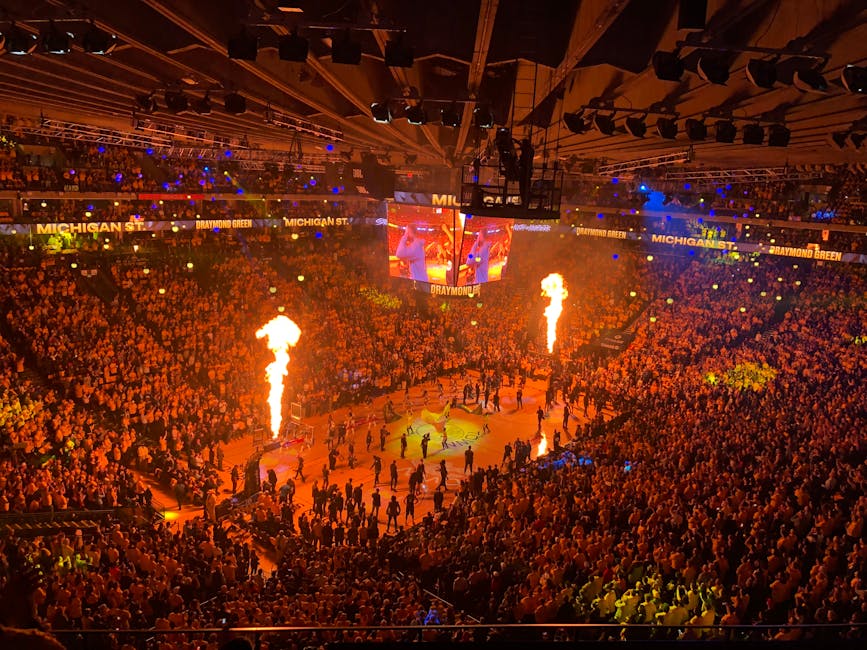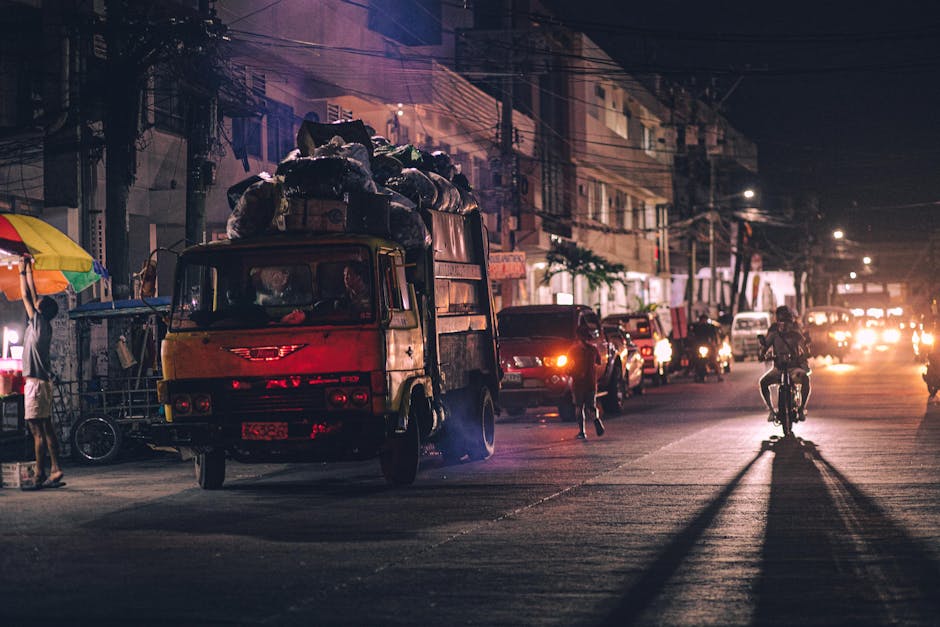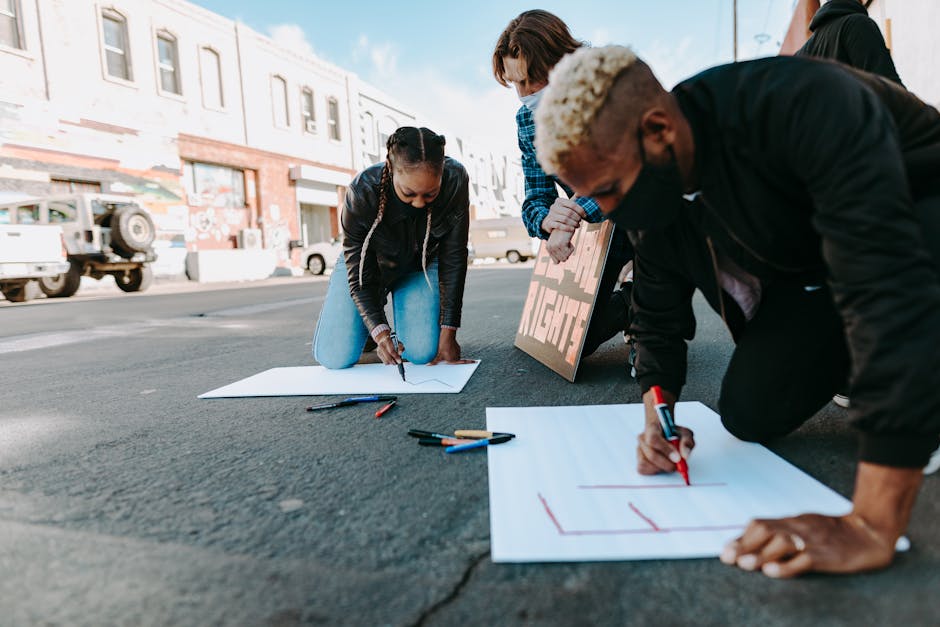A Modern Ritual of Witnessing Grief
There’s a strange ritual that has become part of our modern Indian life. We wake up, reach for our phones, and with a single swipe, we plunge into a world of incomprehensible suffering. The screen illuminates our faces with images from half a world away, a relentless feed of human tragedy served up between breakfast updates and work emails. And for months, two geographies of grief have dominated this digital ether: Gaza and Sudan.
Gaza: The Hyper-Visible Heartbreak
On one hand, we see the pulverised cityscapes of Gaza. The hyper-visible conflict, broadcast in real-time through the shaky mobile phones of citizen journalists and the desperate pleas of doctors, has seared itself into our collective conscience. We have witnessed the wails of mothers clutching lifeless children, the dust-caked faces of fathers digging through rubble with their bare hands, and the vacant eyes of a generation that has known nothing but blockade and bombardment. The numbers are staggering—tens of thousands killed, millions displaced—but it’s the individual stories, the videos of poets and paramedics killed mid-sentence, that shatter our composure. For many young Indians, the cause of Palestine has become a defining moral issue, a daily source of outrage and a painful lesson in the brutal realities of geopolitics.
Sudan: The World’s Unseen Catastrophe
Yet, thousands of kilometres away, in a crisis of even greater scale but far less visibility, Sudan is bleeding. This is the world’s largest displacement crisis, a silent holocaust unfolding in the shadows of our selective attention. Over 10 million people have been driven from their homes by a savage civil war between the Sudanese Armed Forces and the paramilitary Rapid Support Forces. Cities have become battlegrounds, and in regions like Darfur, old wounds of genocide have been ripped open with terrifying, ethnically-charged violence. Famine isn’t just a threat; it is a weapon of war, stalking millions who are trapped between the frontlines.
One Planet, Two Tragedies: A Crisis of Selective Attention
Why does one tragedy trend while the other languishes in obscurity? The reasons are complex—geopolitical interests, historical context, media access. But for the person on the other side of the screen, the distinction feels arbitrary, almost cruel. A child starving in El Fasher feels the same gnawing hunger as a child in Rafah. A family fleeing gunfire in Khartoum shares the same terror as one escaping an airstrike in Khan Younis. The colour of their skin, the god they pray to, or the language they speak is irrelevant. Their pain is a universal currency.
This is where our ancient philosophy of Vasudhaiva Kutumbakam—the world is one family—is tested. It’s not a poetic phrase for conclaves and diplomatic speeches; it is a profound moral challenge. It asks us to see the thread of shared humanity that connects a software engineer in Bengaluru to a displaced farmer in Sudan and a student in Gaza. It compels us to acknowledge that a rupture in the fabric of this family, no matter how distant, diminishes us all.
Beyond Helplessness: The Power of Bearing Witness
To bear witness to such overwhelming suffering is a heavy burden. It fosters a sense of helplessness, a feeling that our outrage is but a whisper in a storm. But looking away is not an option. The first act of solidarity is to refuse to be indifferent. It is to know their names, to learn their stories, and to understand the forces crushing their lives.
From the besieged hospitals of Gaza to the sprawling, desperate camps of Sudan, the message is the same. It is a raw, human cry for safety, for dignity, for a future. As we scroll through our feeds, let us not become numb to this cry. Let us resist the compassion fatigue that threatens to set in. Because their pain, in its most fundamental, human sense, is also ours. And our attention, our empathy, and our voice are the very least this shared family deserves.




